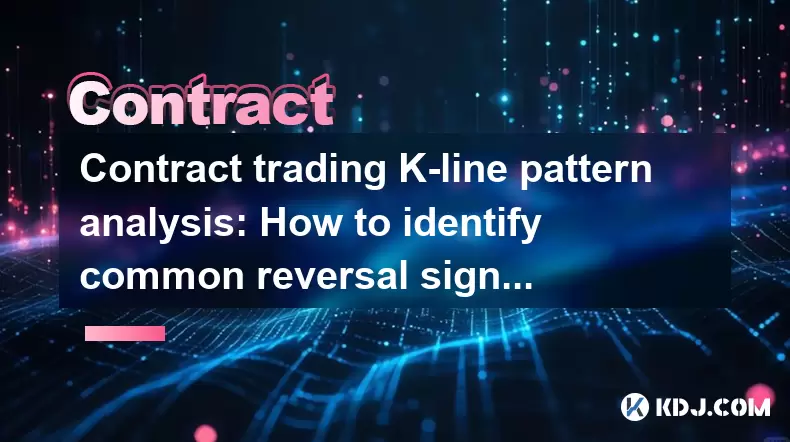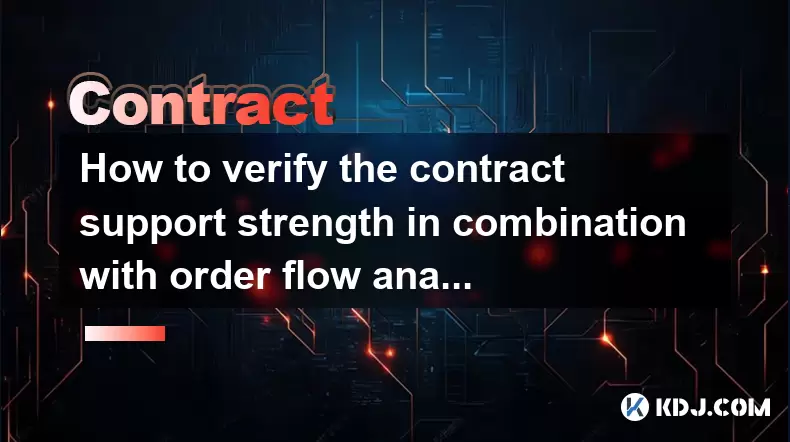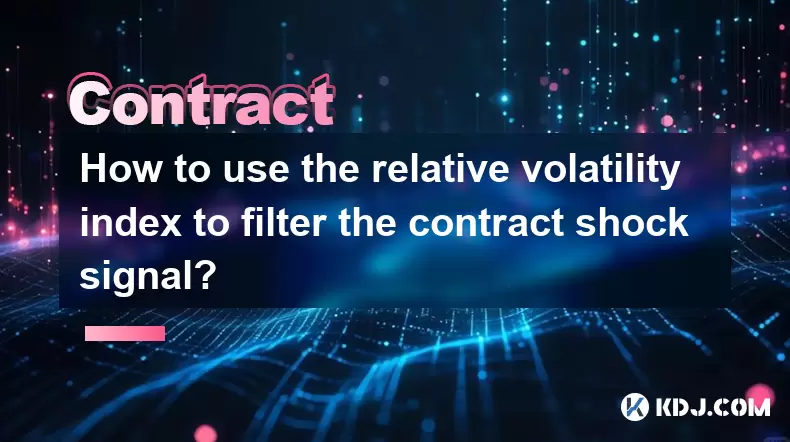-
 Bitcoin
Bitcoin $106,754.6083
1.33% -
 Ethereum
Ethereum $2,625.8249
3.80% -
 Tether USDt
Tether USDt $1.0001
-0.03% -
 XRP
XRP $2.1891
1.67% -
 BNB
BNB $654.5220
0.66% -
 Solana
Solana $156.9428
7.28% -
 USDC
USDC $0.9998
0.00% -
 Dogecoin
Dogecoin $0.1780
1.14% -
 TRON
TRON $0.2706
-0.16% -
 Cardano
Cardano $0.6470
2.77% -
 Hyperliquid
Hyperliquid $44.6467
10.24% -
 Sui
Sui $3.1128
3.86% -
 Bitcoin Cash
Bitcoin Cash $455.7646
3.00% -
 Chainlink
Chainlink $13.6858
4.08% -
 UNUS SED LEO
UNUS SED LEO $9.2682
0.21% -
 Avalanche
Avalanche $19.7433
3.79% -
 Stellar
Stellar $0.2616
1.64% -
 Toncoin
Toncoin $3.0222
2.19% -
 Shiba Inu
Shiba Inu $0.0...01220
1.49% -
 Hedera
Hedera $0.1580
2.75% -
 Litecoin
Litecoin $87.4964
2.29% -
 Polkadot
Polkadot $3.8958
3.05% -
 Ethena USDe
Ethena USDe $1.0000
-0.04% -
 Monero
Monero $317.2263
0.26% -
 Bitget Token
Bitget Token $4.5985
1.68% -
 Dai
Dai $0.9999
0.00% -
 Pepe
Pepe $0.0...01140
2.44% -
 Uniswap
Uniswap $7.6065
5.29% -
 Pi
Pi $0.6042
-2.00% -
 Aave
Aave $289.6343
6.02%
Contract trading K-line pattern analysis: How to identify common reversal signals?
Recognizing K-line reversal patterns like hammers, shooting stars, and evening stars helps crypto traders anticipate price shifts, but confirmation through volume, indicators, and context is essential for reliable signals.
Jun 15, 2025 at 10:49 pm

Understanding Reversal Signals in Contract Trading
In the world of cryptocurrency contract trading, recognizing reversal signals on K-line charts is crucial for making informed decisions. A reversal signal indicates a potential change in price direction, either from bullish to bearish or vice versa. Understanding these patterns helps traders anticipate market movements and adjust their positions accordingly.
Reversal signals are not always 100% accurate, but they offer valuable insights into possible shifts in sentiment and momentum. This makes them especially useful in volatile markets like crypto, where rapid price swings are common.
Key Components of K-Line Charts in Cryptocurrency Trading
Before diving into specific reversal patterns, it's essential to understand how K-line charts work in the context of cryptocurrency contracts. Each candlestick represents a specific time frame—such as 5 minutes, 1 hour, or 1 day—and shows the open, high, low, and close prices during that period.
- Open: The price at which the first trade occurred during the selected time frame.
- Close: The final traded price within that time window.
- High: The highest price reached during the candlestick’s duration.
- Low: The lowest price touched during the same period.
These components help form distinct candlestick patterns that traders use to identify potential reversals.
Common Bullish Reversal Patterns
Bullish reversal patterns typically appear at the end of a downtrend and suggest that buyers may soon take control of the market. Some of the most commonly observed patterns include:
- Hammer: A single candle with a long lower wick and small body near the top of the range. It suggests rejection of lower prices and potential buying pressure.
- Inverted Hammer: Similar to the hammer but with a long upper wick, indicating hesitation among sellers and possible accumulation.
- Piercing Line: Composed of two candles: a strong bearish candle followed by a bullish candle that opens below the previous close but closes above its midpoint, signaling strength from buyers.
Each of these patterns carries different implications depending on volume, surrounding trend, and support/resistance levels.
Frequently Observed Bearish Reversal Patterns
Bearish reversal patterns emerge after an uptrend and hint at weakening buyer demand. Recognizing these can help traders avoid entering long positions too late or provide opportunities to short the market.
- Shooting Star: A candle with a small body and a long upper shadow, often seen at resistance zones. It reflects failed attempts to push prices higher.
- Hanging Man: Visually similar to the hammer but appears during an uptrend. It warns of increasing selling pressure.
- Evening Star: A three-candle pattern consisting of a large bullish candle, a small-bodied indecision candle, and a large bearish candle. It strongly suggests a reversal from bullish to bearish.
It’s important to confirm these patterns using additional indicators such as RSI or moving averages to reduce false signals.
How to Use Volume and Confirmation Candles Effectively
Volume plays a critical role in validating reversal signals. High volume accompanying a potential reversal candle increases confidence in the signal. Conversely, low volume may indicate weak participation and a higher likelihood of a false breakout.
Additionally, waiting for a confirmation candle can improve accuracy. For example:
- After spotting a hammer, wait for the next candle to close above the hammer’s high to confirm bullish intent.
- Following an evening star, watch for a candle that closes below the low of the pattern to confirm the bearish shift.
Traders should also consider the broader context, including key support and resistance levels, Fibonacci retracements, and trendlines when evaluating reversal patterns.
Practical Tips for Applying Reversal Patterns in Contract Trading
Successfully applying reversal patterns in live trading requires discipline and strategy. Here are some practical steps:
- Use multiple time frames: Confirm patterns on both higher and lower time frames to filter out noise.
- Combine with technical indicators: Tools like MACD, RSI, and Bollinger Bands can help confirm trend weakness or strength.
- Set stop-loss orders: Always define your risk before entering a trade based on a reversal signal.
- Backtest strategies: Test your pattern recognition skills using historical data before deploying real capital.
Avoid overtrading and stick to patterns you have studied and understood well.
Frequently Asked Questions
Q1: Can I rely solely on K-line reversal patterns for trading decisions?
While K-line patterns are powerful tools, relying on them alone can lead to misleading signals. Combining them with volume analysis, support/resistance zones, and other technical indicators improves reliability.
Q2: Do reversal patterns work equally well across all cryptocurrencies?
The effectiveness of reversal patterns may vary between assets due to differences in liquidity and volatility. Major coins like BTC and ETH tend to show clearer patterns compared to smaller altcoins.
Q3: How long should I wait for confirmation after identifying a reversal pattern?
Ideally, wait for the next candle to close beyond a key level (e.g., high/low of the pattern). This usually takes one full time unit, whether it’s 1 hour, 4 hours, or a daily candle.
Q4: Are there any tools or platforms that automatically detect K-line reversal patterns?
Yes, platforms like TradingView and Binance Trading Platform offer built-in candlestick scanners. However, manual verification is still recommended to avoid false positives.
Disclaimer:info@kdj.com
The information provided is not trading advice. kdj.com does not assume any responsibility for any investments made based on the information provided in this article. Cryptocurrencies are highly volatile and it is highly recommended that you invest with caution after thorough research!
If you believe that the content used on this website infringes your copyright, please contact us immediately (info@kdj.com) and we will delete it promptly.
- Cardano, Dogecoin, and the Altcoin Shift: What's Next?
- 2025-06-20 22:45:12
- Gold Coin, Rare, Horses: A Numismatic Roundup
- 2025-06-20 22:45:13
- Dogecoin, Shiba Inu, and the Meme Coin Mania: What's Next?
- 2025-06-20 22:25:12
- GateToken (GT) Price Prediction: Navigating 2025-2030 with a New Yorker's Sass
- 2025-06-20 23:05:13
- Pepe, Price Prediction, and Elon Musk: A NYC Take on the Frog Coin Frenzy
- 2025-06-20 23:05:13
- Polkadot's DOT: Navigating the Triple Bottom and Bullish Reversals
- 2025-06-20 23:25:12
Related knowledge

How to use the price slope to filter the false breakthrough signal of the contract?
Jun 20,2025 at 06:56pm
Understanding the Concept of Price Slope in Contract TradingIn contract trading, especially within cryptocurrency derivatives markets, price slope refers to the rate at which the price changes over a specific time period. It helps traders assess the strength and sustainability of a trend. A steep slope may indicate strong momentum, while a shallow slope...

How to determine the expected volatility of the contract through the volatility cone?
Jun 19,2025 at 12:28pm
Understanding the Basics of Volatility in Cryptocurrency ContractsIn the realm of cryptocurrency trading, volatility is a key metric that traders use to assess potential risk and reward. When dealing with futures contracts, understanding how volatile an asset might become over time is crucial for position sizing, risk management, and strategy developmen...

How to use the volume swing indicator to predict the contract volume-price divergence?
Jun 18,2025 at 11:42pm
Understanding the Volume Swing IndicatorThe volume swing indicator is a technical analysis tool used primarily in cryptocurrency trading to evaluate changes in volume over time. Unlike price-based indicators, this metric focuses solely on trading volume, which can provide early signals about potential market reversals or continuations. The key idea behi...

How to use the Gaussian channel to set the contract trend tracking stop loss?
Jun 18,2025 at 09:21pm
Understanding the Gaussian Channel in Cryptocurrency TradingThe Gaussian channel is a technical indicator used primarily in financial markets, including cryptocurrency trading, to identify trends and potential reversal points. It is based on statistical principles derived from the normal distribution, commonly known as the Gaussian distribution or bell ...

How to verify the contract support strength in combination with order flow analysis?
Jun 20,2025 at 12:28pm
Understanding Contract Support Strength in CryptocurrencyIn the realm of cryptocurrency trading, contract support strength refers to the resilience of a price level where buying interest is expected to overcome selling pressure. This concept becomes even more nuanced when analyzed alongside order flow, which provides insights into the dynamics of buy an...

How to use the relative volatility index to filter the contract shock signal?
Jun 18,2025 at 08:56pm
Understanding the Relative Volatility Index (RVI)The Relative Volatility Index (RVI) is a technical indicator that helps traders assess the volatility of an asset in relation to its recent price movements. Unlike traditional indicators like Bollinger Bands or Average True Range, RVI focuses on the deviation of prices from their mean over a specific peri...

How to use the price slope to filter the false breakthrough signal of the contract?
Jun 20,2025 at 06:56pm
Understanding the Concept of Price Slope in Contract TradingIn contract trading, especially within cryptocurrency derivatives markets, price slope refers to the rate at which the price changes over a specific time period. It helps traders assess the strength and sustainability of a trend. A steep slope may indicate strong momentum, while a shallow slope...

How to determine the expected volatility of the contract through the volatility cone?
Jun 19,2025 at 12:28pm
Understanding the Basics of Volatility in Cryptocurrency ContractsIn the realm of cryptocurrency trading, volatility is a key metric that traders use to assess potential risk and reward. When dealing with futures contracts, understanding how volatile an asset might become over time is crucial for position sizing, risk management, and strategy developmen...

How to use the volume swing indicator to predict the contract volume-price divergence?
Jun 18,2025 at 11:42pm
Understanding the Volume Swing IndicatorThe volume swing indicator is a technical analysis tool used primarily in cryptocurrency trading to evaluate changes in volume over time. Unlike price-based indicators, this metric focuses solely on trading volume, which can provide early signals about potential market reversals or continuations. The key idea behi...

How to use the Gaussian channel to set the contract trend tracking stop loss?
Jun 18,2025 at 09:21pm
Understanding the Gaussian Channel in Cryptocurrency TradingThe Gaussian channel is a technical indicator used primarily in financial markets, including cryptocurrency trading, to identify trends and potential reversal points. It is based on statistical principles derived from the normal distribution, commonly known as the Gaussian distribution or bell ...

How to verify the contract support strength in combination with order flow analysis?
Jun 20,2025 at 12:28pm
Understanding Contract Support Strength in CryptocurrencyIn the realm of cryptocurrency trading, contract support strength refers to the resilience of a price level where buying interest is expected to overcome selling pressure. This concept becomes even more nuanced when analyzed alongside order flow, which provides insights into the dynamics of buy an...

How to use the relative volatility index to filter the contract shock signal?
Jun 18,2025 at 08:56pm
Understanding the Relative Volatility Index (RVI)The Relative Volatility Index (RVI) is a technical indicator that helps traders assess the volatility of an asset in relation to its recent price movements. Unlike traditional indicators like Bollinger Bands or Average True Range, RVI focuses on the deviation of prices from their mean over a specific peri...
See all articles

























































































